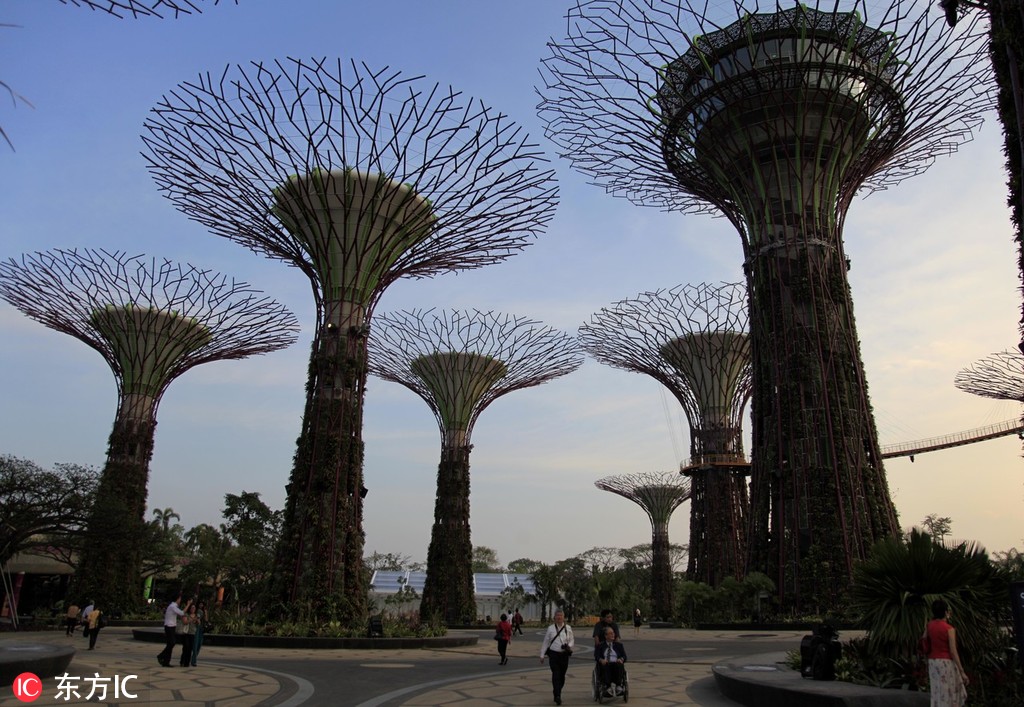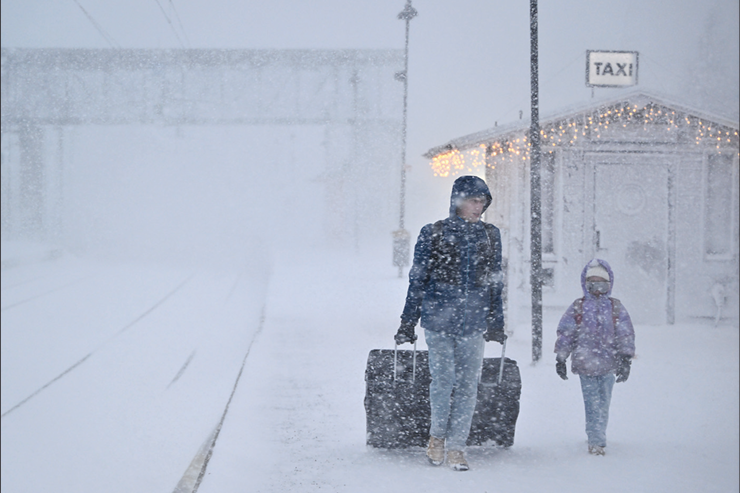Singapore plans underground future


SINGAPORE - From its towering "supertree" vertical gardens to a Formula 1 night race, Singapore is known for many attractions; underground space is not one of them.
But that may soon change, as the city-state prepares to unveil an Underground Master Plan in 2019.
With some 5.6 million people in an area three-fifths the size of New York City-and with the population estimated to grow to 6.9 million by 2030-the island nation is fast running out of space.
Singapore has been reclaiming land for decades, but that is increasingly unsustainable due to rising sea levels and other impacts of climate change. So the city is going underground.
Singapore has already moved some infrastructure and utilities below ground, including train lines, retail, pedestrian walkways, a five-lane highway and air conditioning cooling pipes. It also stores fuel and ammunition underground.
Now, the city wants to go further. "Given Singapore's limited land, we need to make better use of our surface land and systematically consider how to tap our underground space for future needs," said Ler Seng Ann, a group director at the Urban Redevelopment Authority.
"Currently, our focus is on using underground space for utility, transport, storage and industrial facilities to free up surface land for housing, offices, community uses and greenery, to enhance livability," he said.
The Underground Master Plan will feature pilot areas, with ideas including data centers, utility plants, bus depots, a deep-tunnel sewage system, warehousing and water reservoirs.
There are no plans to move homes or offices below ground.
Full potential
By 2050, more than 70 percent of the world's population will live in cities, according to United Nations estimates.
In developing countries, where most of this growth will take place, it will strain infrastructure and resources, and stoke conflict over scarce land, analysts say.
Meanwhile, aging populations in wealthier nations will make other demands of city planning and infrastructure.
"With rising urban populations and demands for a better quality of life, there is a need to integrate the underground cityscape to keep our cities livable," said Wout Broere, an assistant professor at Holland's Delft University of Technology.
It is not just Singapore that is interested in its underground space.
Last week, billionaire entrepreneur Elon Musk unveiled a 1.83 km tunnel segment as a breakthrough in low-cost, fast-digging technology, and a first step in developing a high-speed subterranean network in Los Angeles.
The launch of Singapore's Underground Master Plan next year may be less glamorous, but no less significant.
"The space is there, it's an asset, and we should use it. Having a detailed and rigorous plan is crucial," said Stones.
Reuters

































